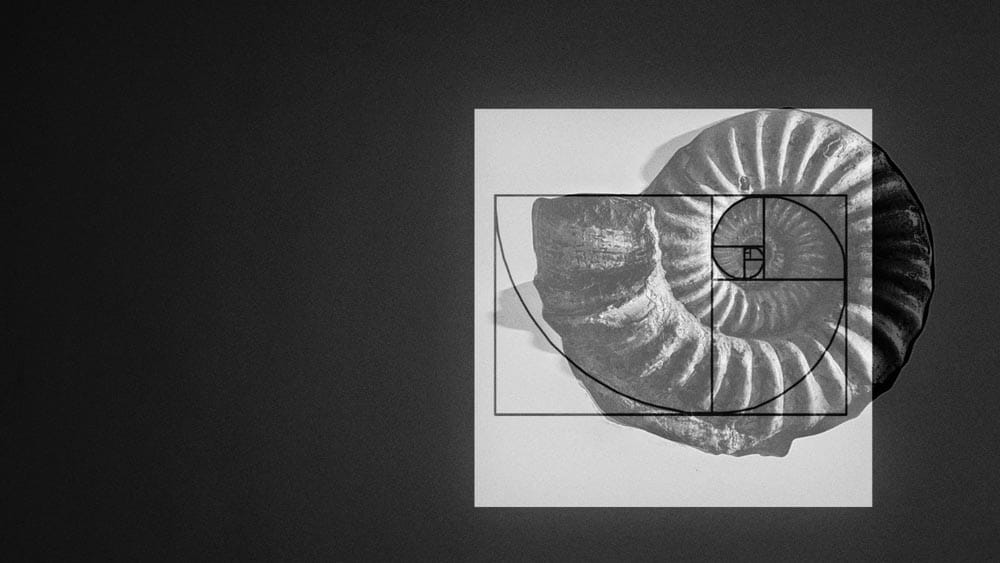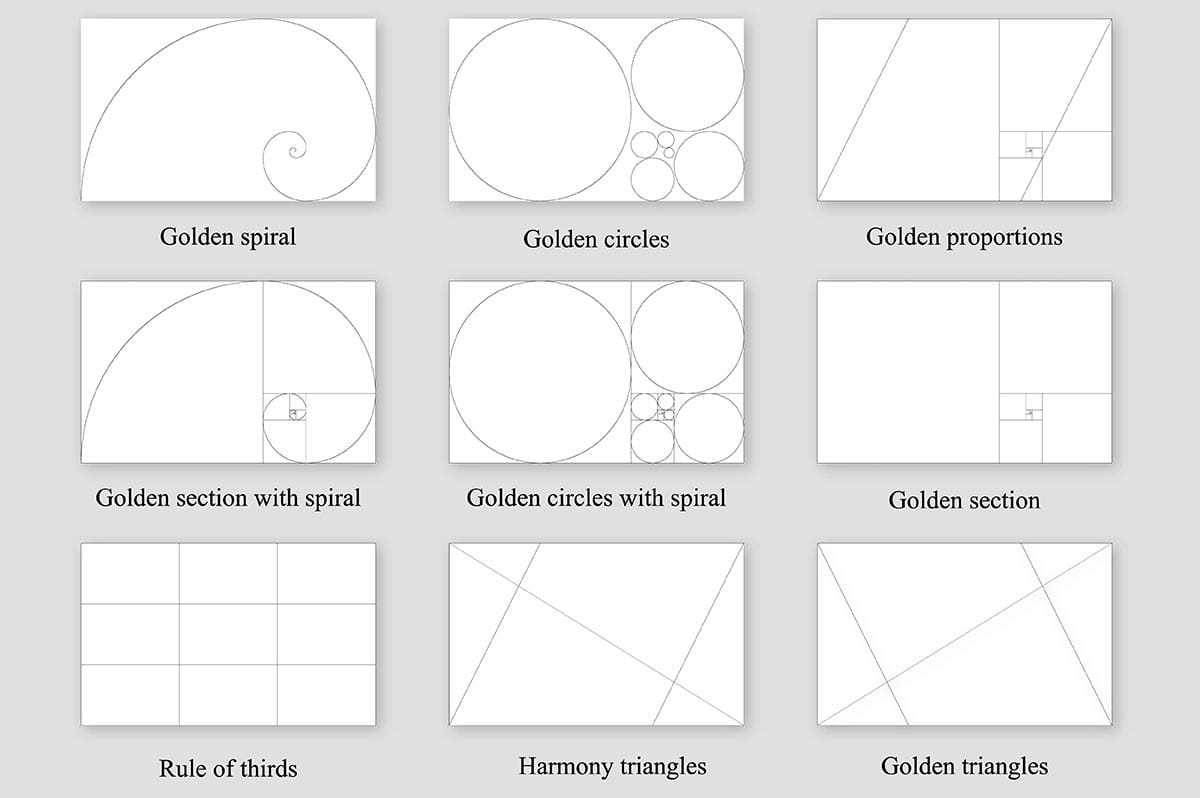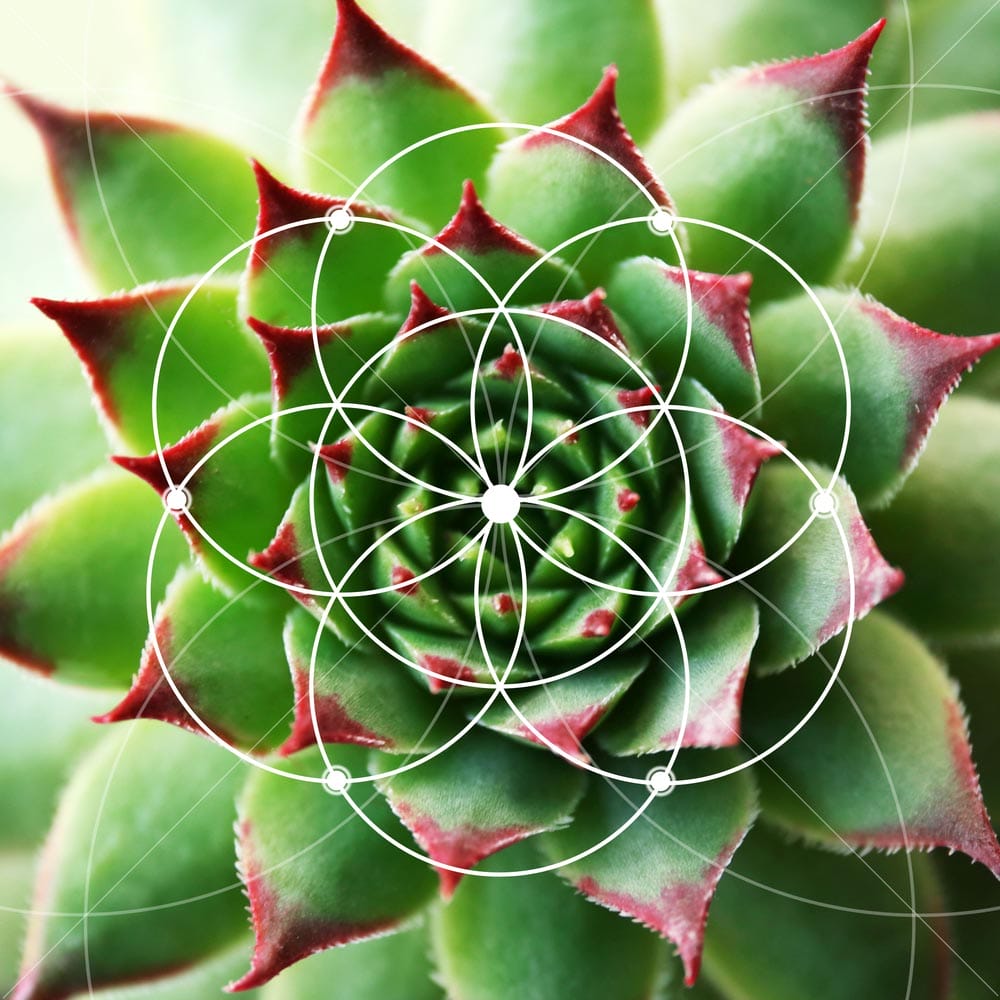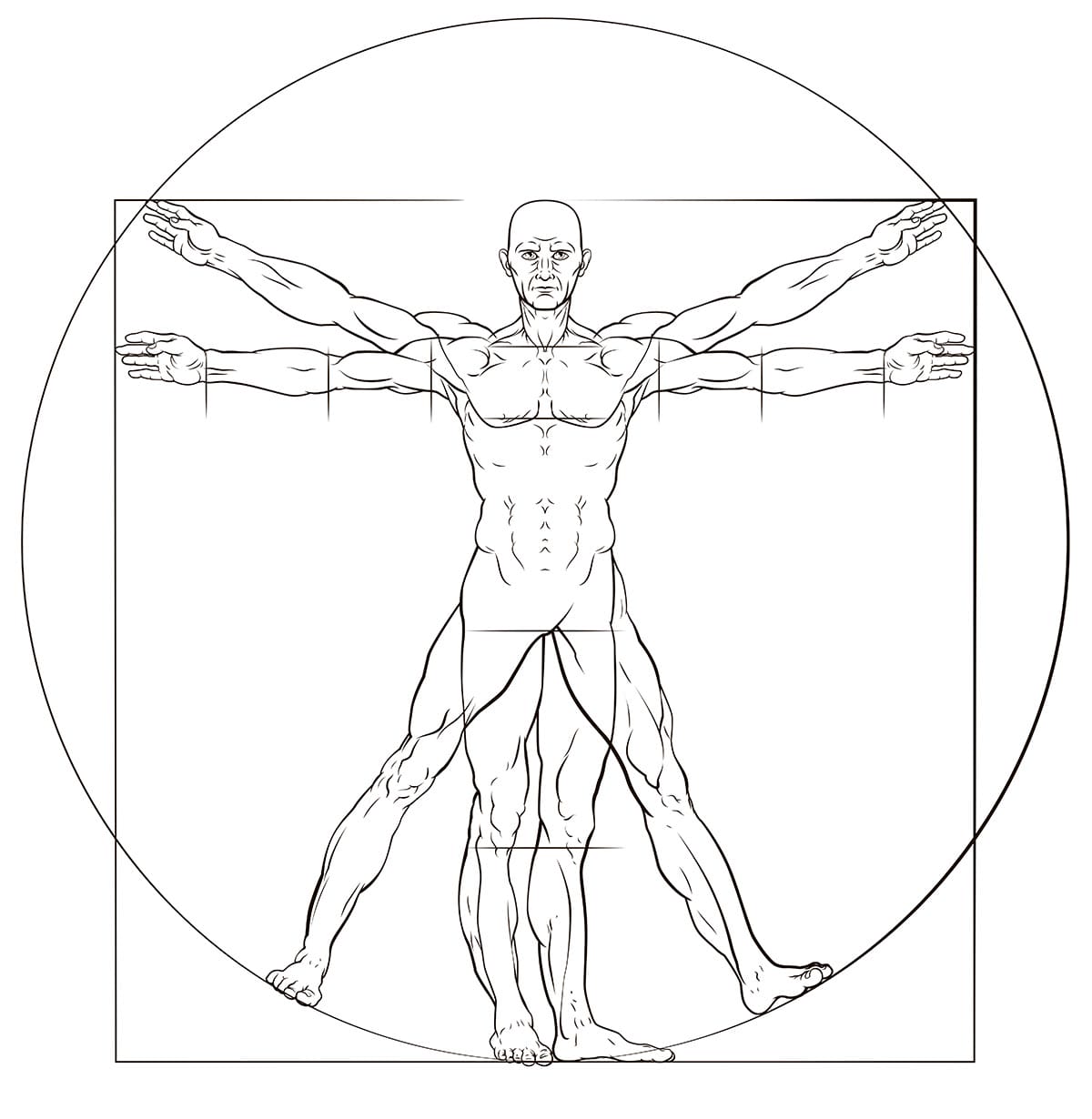
The golden ratio, also known as the divine proportion, is a mathematical concept that has been used for centuries to create visually appealing compositions in art, architecture, and design.
In photography, the golden ratio is a popular composition technique that can be used to create balanced and aesthetically pleasing images. In this article, I will explain what the golden ratio is, how it works, and how it can be used in photography.
The golden ratio is a mathematical ratio that is found in nature, art, and architecture. It is represented by the Greek letter phi (φ) and has a value of approximately 1.618. The golden ratio is often associated with beauty, balance, and harmony, and is considered to be one of the fundamental principles of design.
The golden ratio is found in many natural patterns, such as the spirals of seashells and the growth patterns of plants. It is also found in many famous works of art and architecture, such as the Parthenon in Athens and the paintings of Leonardo da Vinci.

The golden ratio is based on a geometric principle called the Fibonacci sequence. The Fibonacci sequence is a series of numbers in which each number is the sum of the two preceding numbers. The sequence begins with 0, 1, 1, 2, 3, 5, 8, 13, 21, 34, and so on.
The golden ratio is found by dividing a line into two unequal parts, so that the longer part divided by the smaller part is equal to the whole length divided by the longer part.
This ratio can be expressed mathematically as:
a/b = (a+b)/a = φ
where a is the longer part of the line, b is the shorter part, and φ is the golden ratio.
In photography, the golden ratio can be used to create balanced and aesthetically pleasing compositions. This is achieved by dividing the frame into thirds, both horizontally and vertically, and placing the subject or key elements of the image at the intersection points of the lines. This creates a sense of balance and harmony in the image, and draws the viewer’s eye to the most important elements of the composition.

The golden ratio can be used in a variety of ways in photography, including:
Composing the image: By dividing the frame into thirds and placing the subject at the intersection points of the lines, the golden ratio can be used to create a visually balanced and appealing composition. This technique is often used in landscape and architectural photography, where the lines of the composition can be aligned with the natural or man-made lines of the subject.
Cropping the image: The golden ratio can also be used when cropping an image in post-processing. By cropping the image so that the subject or key elements are positioned according to the golden ratio, the image can be made more visually appealing and balanced.
Using the golden spiral: The golden spiral is a spiral that is based on the golden ratio and can be used to create dynamic and visually interesting compositions. The spiral is created by drawing a series of squares whose sides are equal to the Fibonacci sequence and then connecting the corners of the squares with a curve. This curve forms a spiral that can be used to guide the viewer’s eye through the image, leading to the subject or key elements of the composition.
Using the golden ratio in lighting: The golden ratio can also be used to create balanced lighting in an image. By placing the main light source at one of the intersection points of the golden ratio, a sense of balance and harmony can be created in the lighting of the image.

Slightly off the main topic (but still interesting), The Vitruvian Man is a famous drawing by Leonardo da Vinci that depicts the ideal proportions of the human body according to the principles of the Golden Ratio.
The drawing shows a man standing with his arms and legs extended, and is based on the work of the ancient Roman architect Vitruvius, who believed that the human body was the perfect model for architecture.
Da Vinci’s sketch of the Vitruvian Man shows the man’s body fitting perfectly into a circle and a square, with the navel as the centre point. The circle represents the divine and spiritual aspects of the human body, while the square represents the earthly and practical aspects.

It also includes various measurements and ratios that are based on the Golden Ratio, such as the distance between the tips of the fingers and the height of the body.
Both the Golden Ratio and the Vitruvian Man have been used in art and design throughout history as a way to create harmonious and aesthetically pleasing compositions. While the concepts can be quite complex, they are also accessible to beginners and can provide a useful framework for understanding the principles of art and design.
Discover TOP features in the Lightroom CC mobile app with this guide for enhancing your photo editing skills. For desktop and tablet too.
Shooting sunsets using amazing 5-in-1 magnetic lens filters from Kentfaith, the 1st choice for photo & video products.
Popular memory cards for photography – what’s the best SD card for your digital camera? Choose the right capacity and class speed in our guide
Learn the basics of photography – fast – with our FREE 60-Second Photographer online course. Each class is short and sharp with simple, actionable steps that give you immediate results.
x 30 lessons

© iPhotography™
Become a confident and competent photographer in less than 30 minutes!
Before you leave, make sure you’ve secured your FREE online photography course (worth £29.99)
Each class is just 60-seconds or less making it the fastest and easiest way to learn photography!